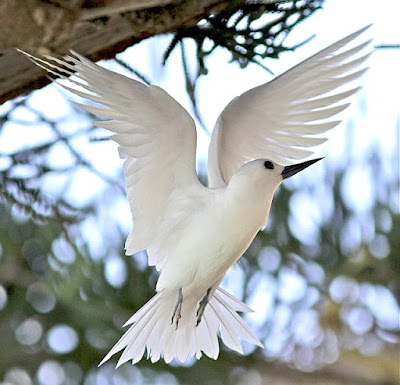Addu offers beautiful reefs for snorkeling with its warm waters which are safe for people of all ages. The reefs have a unique coral formation and abundant marine life. The reefs are easily accessible. The clear waters and the perfect temperatures make the snorkeling experience absolutely wonderful. Notable areas for snorkeling are Koattey, Koahera, Kandihera and Hulhumeedhoo reef among others. Turtles, napoleon wrasse and hundreds of other fish are commonly seen within the reefs.
There are very few surf spots in Addu for surfing, but those spots offers a unique experience for surfers. The southerly atolls differ from the northerly atolls in not providing perfectly shaped or soft breaking waves. These waves break fast and throw hard, with a whole lot of power—probably best suited for advanced surfers or at least daring intermediates. The waves you can find in here are the kind of waves you keep reliving days, weeks, and months after your Maldives surf trip has come to an end.
Moreover, Addu is internationally famous for its wreck dives, large manta rays, sharks, turtles and bigger fish in general, all throughout the year, as opposed to an abundance of smaller reef fish. It is also known for its brilliant coral patches in the north and broad barrier reefs with several islands on the east and west. There are a few caves studded around the region, however relatively few in comparison with the other atolls in the Maldives.
Currents are not as forceful as in other parts of the Maldives, so it is a great dive location for novice and experienced scuba divers looking for a thrilling dive excursion. The channels can be navigated with relative ease, with the average depth within the atoll at 35 meters, and a maximum depth of 75 meters in the center.
Since, 99% of Maldives comprises of the sea, so it is natural for water sports to be extremely popular. Jet skis, water skiing, wind surfing, para-sailing, wake board, paragliding, canoeing are other common water activities in this area.
































